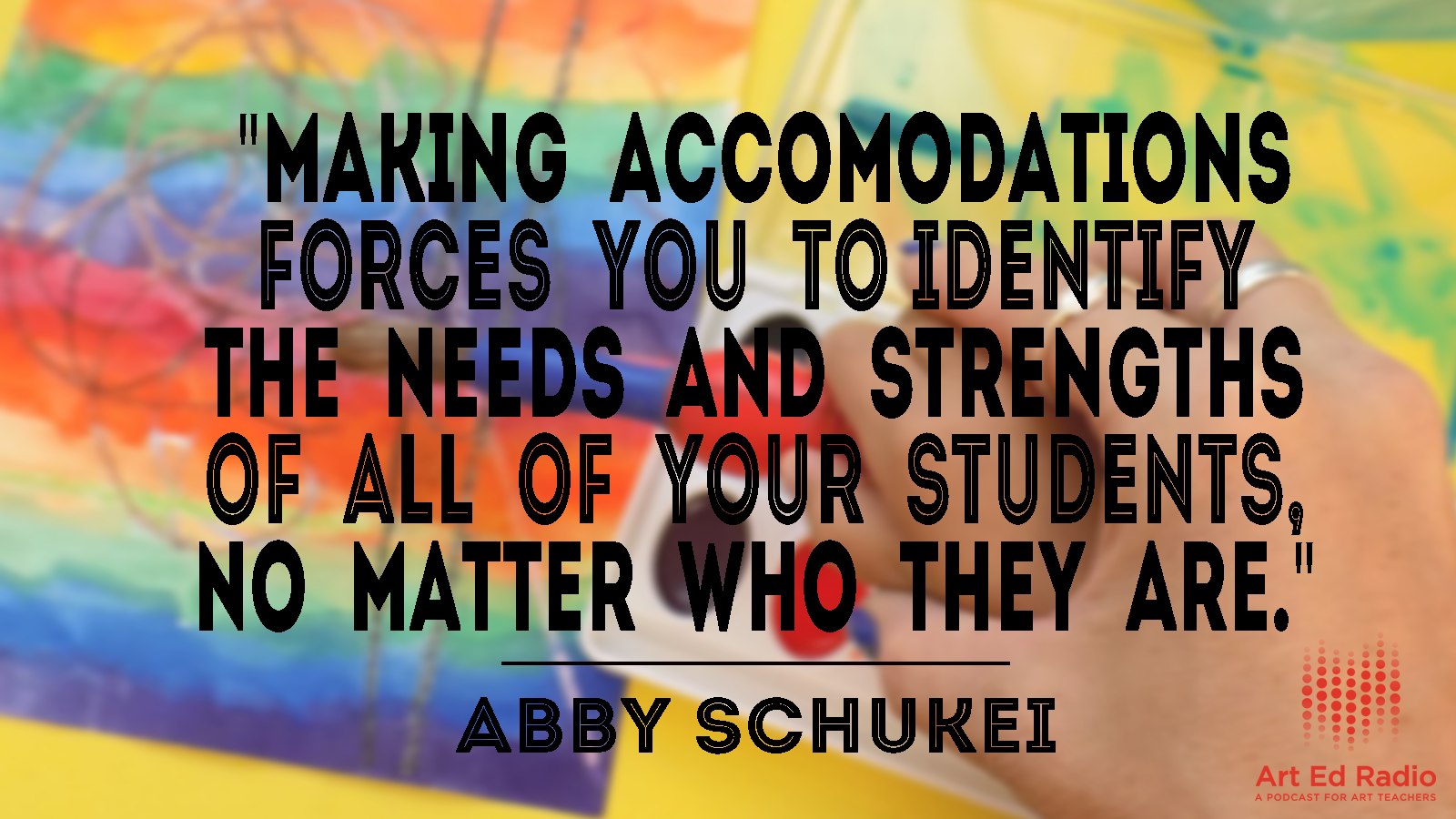Related
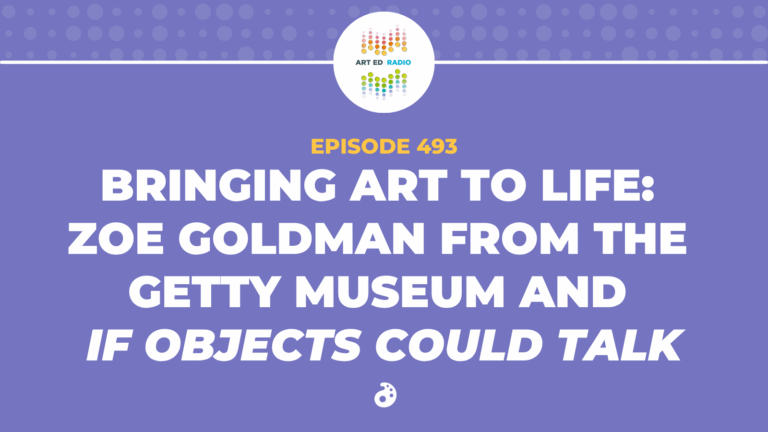
Podcast
Bringing Art to Life: Zoe Goldman from the Getty Museum and If Objects Could Talk (Ep. 493)
How do you make ancient art exciting for kids? In this episode of Art Ed Radio, Zoe Goldman, podcast producer...
Learn More
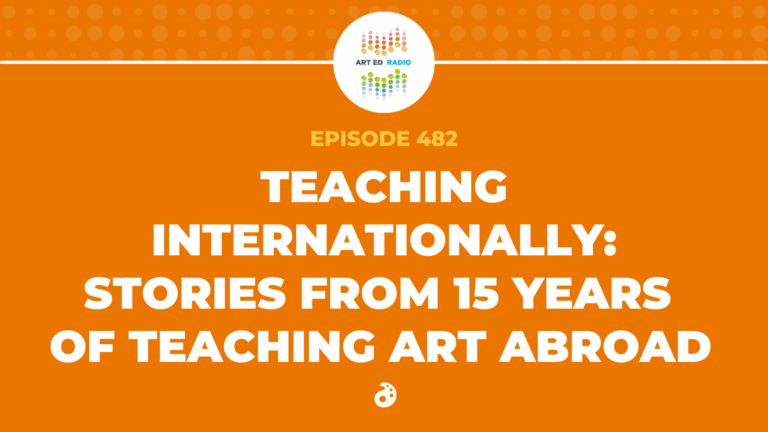
Podcast
Teaching Internationally: Stories from 15 Years of Teaching Art Around the World (Ep. 482)
What does it take to build a teaching career across countries, cultures, and continents? Art teacher Lindsey Bailey joins Tim...
Learn More
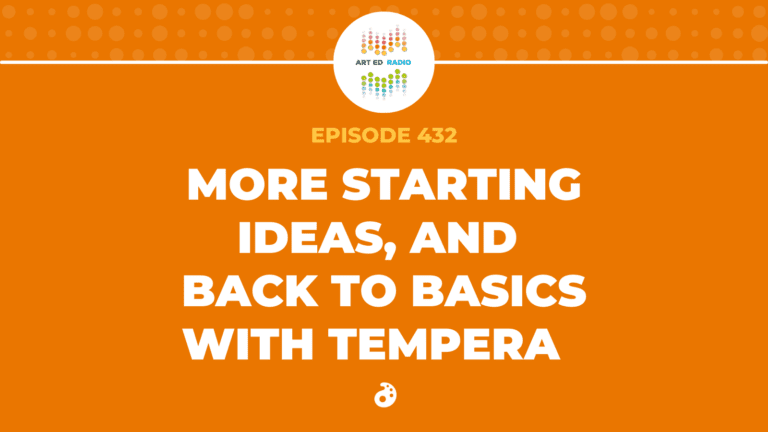
Podcast
More Starting Ideas, and Back to Basics with Tempera (Ep. 432)
After last week’s back to school episode with Janet Taylor, Tim brings Kyle Wood on the show to catch up...
Learn More
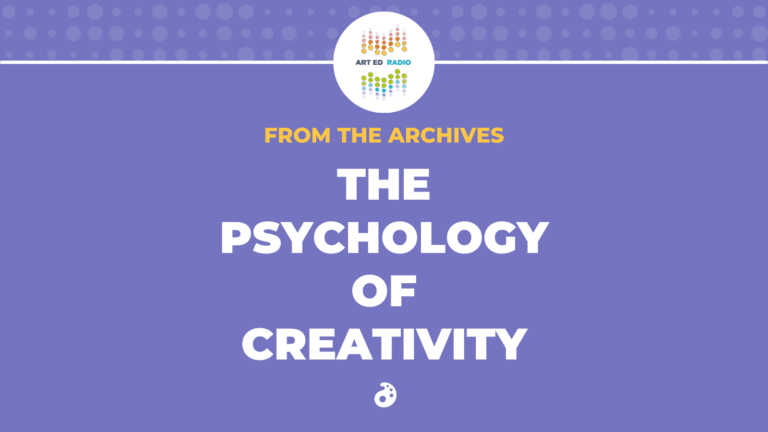
Podcast
From the Archives: The Psychology of Creativity
In this episode from the archives, Andrea Slusarski is here to talk to Tim about the psychology of creativity! Though...
Learn More

